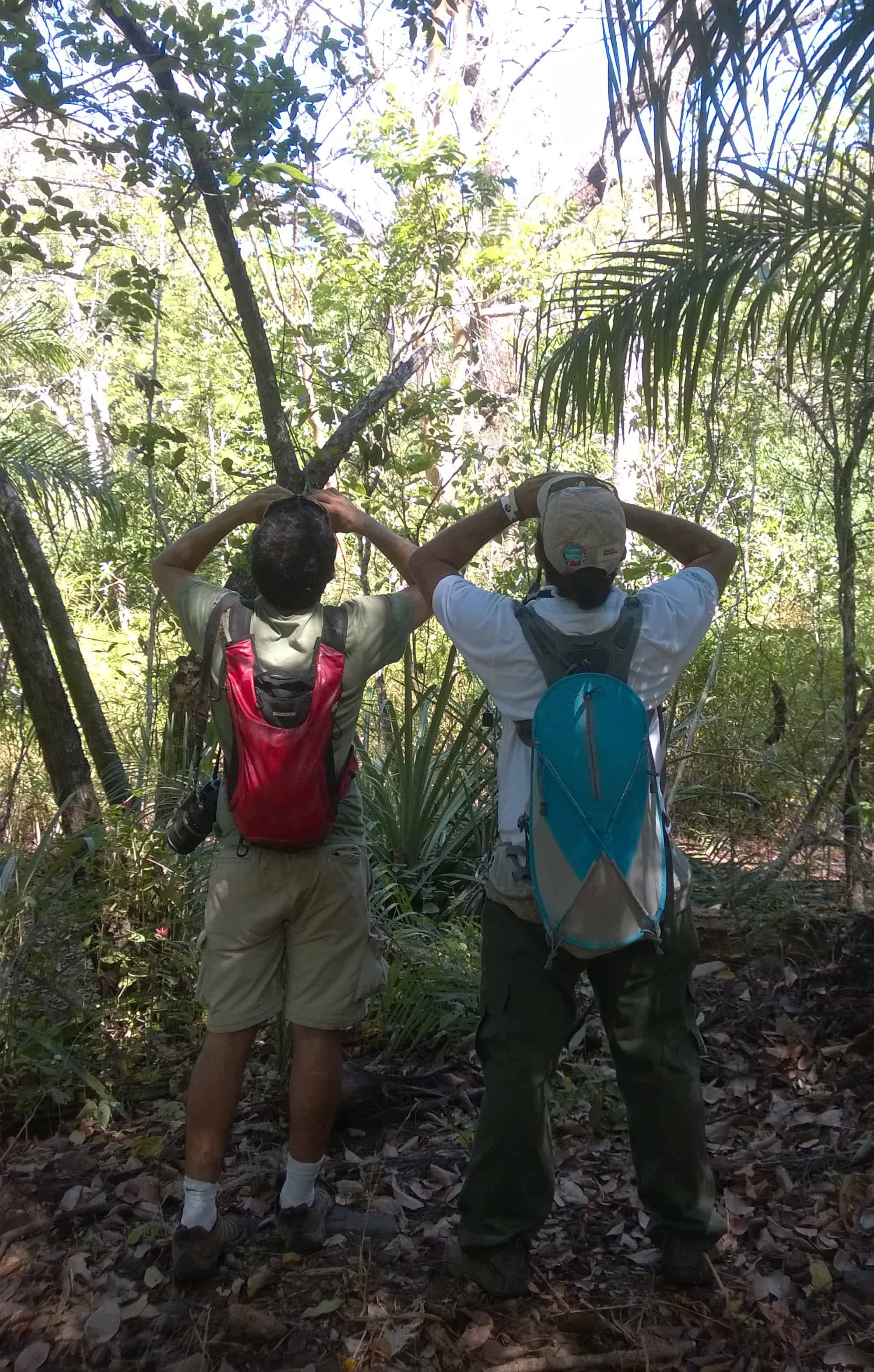Santa Rosa National Park is a national park in the northwestern region of Costa Rica. It is located in the Guanacaste Province and covers an area of approximately 26,000 hectares.
The park is known for its diverse wildlife, including monkeys, deer, and a variety of bird species. It also features several historical sites, including the Santa Rosa Historical Monument, which marks the site of a battle fought during Costa Rica’s war of independence. In addition to the hiking trails the park also has picnic areas making it a perfect place to learn about Costa Rica while enjoying its natural beauty.
Santa Rosa National Park Trails
The park has different hiking trails with several difficulty and intensity levels. All the hikes allow you to admire its distinctive natural surroundings.
Mirador Valle Naranjo Trail
This is a short route that has a panoramic view of Naranjo Beach. It goes through the dry forest and is perfect for spotting birds. It’s short, only 1.6km, and takes about 30 minutes to complete, but it’s ideal for those looking for a viewpoint and brief walks.
Carbonal Trail
The trail is a moderately difficult hike and gives you the chance to see some of the park’s diverse wildlife and beautiful scenery. Its main attractions are the dry forest, the mangroves, bird watching, and the different rock formations.
The trail starts at the Santa Rosa Historical Monument, and it winds through the park’s tropical dry forest, offering views of the surrounding valleys and mountains. Along the way, you may spot a variety of bird species, monkeys, and other wildlife. The trail ends at the Mirador Valle Naranjo, a viewpoint that offers panoramic views of the park and the surrounding area.
This hike is approximately 3 hours, and it passes through the secondary forest with trees over 20 meters high and a lagoon. It’s mainly flat and connects to the beach. During the rainy season, there might be swamp-like areas along the trail.
Mirador Tierras Emergidas Trail
Here you can enjoy an exceptional panoramic view of the Santa Elena Peninsula, including the tropical dry forest, the Pacific Ocean, and the surrounding mountains.
You can reach the viewpoint by this trail that starts at the park’s visitor center. Along the way, you will pass through a variety of ecosystems, including the tropical dry forest, and may spot a variety of wildlife. The trail is well marked and well kept but can be steep in some sections and you should be prepared for what many consider a moderately difficult hike.
If you want, you can hire a guide but whether you do it on your own or with a guide, always be aware of your surroundings as the trail may be slippery and there could be snakes and other dangerous animals in the area.
Aceituno Trail
This trail is relatively easy and takes around two hours to complete. It’s a 2.5 km walk parallel to the beach where the majestic Peña Bruja unfolds after a journey through the marine-coastal ecosystem. It is characterized by mangrove vegetation where waterfowl, crocodiles, and crustaceans live. It also passes through a number of different habitats, including dry forest and wetlands.
Nance Trail
This hike should take about 30 minutes and leads to a viewpoint with breathtaking views of the Orosi Volcano, the Murciélago hills, and the hills of the Santa Elena Peninsula. It also has a slight detour that leads to the Posa El General, where visitors can enjoy a nice dip in the water and freshen up.
Unfortunately, it is unsuitable for people with physical limitations or older adults because the terrain is uneven, with slopes and sections with little shade.
Visiting La Casona de Santa Rosa
Although this is not a trail, it’s impossible not to mention this historical site when discussing the National Park.
La Casona Santa Rosa is a perfect representation of a productive colonial hacienda and was the stage of the Battle of March 20, 1856: the Santa Rosa Battle. Here, Costa Ricans fought against William Walker.
The house has been preserved in its original condition and visitors can see the furniture and artifacts that were used by the National Liberation Army during the civil war. It also has several exhibitions and displays that provide visitors with an insight into the history of the house, the civil war, and the history of Costa Rica and the National Parks.
Currently, you can take a guided tour of the house, which includes a visit to the main house, as well as the surrounding gardens and the nearby Hacienda Santa Rosa.
When to go hiking at Santa Rosa
The park can be visited year-round, but the best time to visit depends on the type of weather you prefer and what you want to see, so here is a general overview.
Dry season (December – April): This is the best time to visit if you want to enjoy the park’s dry tropical forests and go hiking, as the trails are dry and easy to navigate. This is also the best time to see wildlife, as animals congregate around water sources during the dry season.
Rainy season (May – November): This is a great time to visit if you want to see the park’s lush vegetation and enjoy the park’s waterfalls, as they are more active during this time. However, the trails can be muddy and slippery during this season, so it’s important to wear appropriate footwear. It is a great time to visit if you want to see the park’s lush vegetation and enjoy the park’s waterfalls. Also many migratory birds come to the park during this season and are easily spotted.
Keep in mind that regardless of the time of year, the weather in Santa Rosa National Park can be hot and humid, so it’s important to bring plenty of water and wear appropriate clothing.
In general, the park is less crowded during the rainy season, and this can be an advantage for some.






